20+ Years Experience
Specialist Education Providers

Enquire Today For A Free No Obligation Quote
Public playgrounds are outdoor recreational areas designed for children to play and engage in physical activities. These playgrounds are usually equipped with various play structures and equipment, such as slides, swings, climbing frames, and more, to provide a fun and interactive environment for children.
Ensuring the safety of children in public playgrounds is of utmost importance. Playground-related injuries account for a significant number of hospital visits among children. Therefore, it is crucial to adhere to essential safety guidelines to create a safe play environment for children.
By following these essential safety guidelines, public playgrounds can create a secure and enjoyable environment for children, enhancing their physical development, social interaction, and overall well-being.
Public playgrounds are outdoor recreational spaces designed for children. These areas typically contain a variety of equipment such as slides, swings, and climbing structures.
They provide a safe and supervised environment for children to participate in physical activity and social interaction.
Public playgrounds are commonly found in parks, schools, and residential areas. They offer an excellent opportunity for children to play, develop their physical skills, and have fun with others.
Before visiting a public playground, it is important to ensure that it is regularly maintained and adheres to safety guidelines to guarantee the well-being of your children.
Safety in public playgrounds is crucial to ensure the well-being and protection of children. It is important for authorities and parents to prioritize the safety guidelines set for these spaces.
By following these guidelines, the risk of accidents and injuries can be significantly reduced. Playground equipment should be regularly inspected, and any potential hazards or damages should be addressed promptly.
Adequate supervision is also essential to prevent any unsafe behaviour. By highlighting the importance of safety in public playgrounds, we can create a safer environment for children to play and enjoy their time outdoors.
Adequate supervision is a crucial guideline for ensuring safety at public playgrounds. Parents and guardians should actively supervise children while they play to prevent accidents and injuries.
Supervision involves being present, attentive, and actively engaged in monitoring the children’s actions. This enables adults to quickly respond to any potential hazards or emergencies.
Adequate supervision also includes keeping an eye on the playground equipment, ensuring it is in good condition and free from any hazards. By following this guideline, the risk of accidents and injuries can be significantly reduced, creating a safe and enjoyable environment for children to play.
In public playgrounds, adult supervision is crucial for ensuring the safety and well-being of children. Supervision helps prevent accidents, monitor behaviour, and intervene when necessary.
Adults can provide guidance and enforce playground rules, helping children understand the importance of playing safely. They can also assist younger children who may need help navigating equipment or staying out of harm’s way.
Adult supervision helps identify potential hazards or risks, allowing for immediate action to be taken. By actively supervising children, adults play a vital role in maintaining a safe and enjoyable play environment.
Effective adult supervision includes staying attentive, engaging with the children, and being knowledgeable about playground safety guidelines.
Emphasizes the significance of selecting playground equipment that is appropriate for the intended age group. This includes taking into account factors such as size, complexity, and potential hazards.
For instance, toddlers may need smaller and lower equipment with fewer challenging components, whereas older children can interact with more advanced and daring structures.
Adhering to this guideline aids in preventing accidents and fostering a secure and enjoyable play environment for all children.
Having equipment suitable for different age groups is crucial in public playgrounds for several reasons. It ensures the safety of children by providing them with age-appropriate challenges and reducing the risk of accidents or injuries.
Younger children may not have the physical abilities to navigate equipment designed for older children, while older children might find equipment designed for younger ones unstimulating.
Age-appropriate equipment promotes the development of various physical, cognitive, and social skills in children.
It allows them to engage in activities that match their abilities and encourages them to explore and learn in a safe environment.
Having equipment suitable for different age groups enhances both safety and developmental outcomes in public playgrounds.
Regular maintenance and inspections are essential to ensure the safety of public playgrounds. Here are some key guidelines to follow:
Regular maintenance and inspections are necessary to ensure the safety and well-being of children on public playgrounds. They help identify and address potential hazards such as broken equipment, sharp edges, and loose bolts.
Conducting regular inspections allows for prompt repair of any wear and tear, preventing accidents and injuries.
Maintenance also helps to extend the lifespan of the equipment, saving costs in the long run.
Regular inspections ensure that the playground complies with safety standards and regulations, providing children with a safe and enjoyable environment to play and have fun.
Pro-tip: Consider creating a maintenance schedule and checklist to ensure all areas of the playground are regularly inspected and maintained. This will help streamline the process and ensure nothing is overlooked.
A safe ground surface is crucial to ensure the safety of children in public playgrounds. Here are some steps to consider when implementing
The ground surface in public playgrounds plays a vital role in ensuring the safety of children while they play. Some recommended ground surfaces that provide adequate protection include:
Protective surfacing, such as rubber mulch and wetpour, plays a vital role in ensuring playground safety. It helps absorb the impact of falls, reducing the risk of serious injuries.
The soft, cushioned surface acts as a protective barrier between the child and the hard ground, minimising the impact on bones and joints. It provides better traction and prevents slips and falls.
By offering a safer surface, protective surfacing contributes to reducing the severity of injuries and creating a safer play environment for children to enjoy.
Pro-tip: Regularly inspect and maintain the protective surfacing to ensure its effectiveness in promoting playground safety.
To maintain the safety of public playgrounds, it is important to adhere to Guideline 6: Ensuring Properly Anchored and Stable Equipment. Here are some key factors to consider when implementing this guideline:
Ensuring that the equipment is properly anchored and stable is crucial for creating a safe and enjoyable play environment for children.
Properly anchoring and stabilising playground equipment is essential for ensuring the safety of children. When equipment is not securely anchored, it can tip over or shift, leading to accidents and injuries.
Stability is particularly important for structures such as swings, slides, and climbing frames, which children often use with force and momentum.
Anchoring equipment securely to the ground prevents it from becoming unstable during play. This can be achieved through methods such as burying equipment legs in concrete, using ground anchors, or securing equipment to a solid foundation.
Proper anchoring and stability provide a solid and secure foundation for safe play experiences.
When it comes to ensuring safety at public playgrounds, it is crucial to address potential hazards. Guideline 7 highlights the importance of identifying and mitigating possible dangers to prevent accidents and injuries.
This involves conducting regular maintenance checks to identify and address any potential hazards. It is also essential to train staff and volunteers to promptly recognise and report any hazards they come across.
Additionally, parents and caregivers should be encouraged to actively supervise children while they play.
Seeking community involvement and feedback can also help in identifying and addressing specific hazards. Furthermore, it is important to regularly review and update safety policies and procedures to ensure continuous hazard identification and prevention.
By following this guideline, playgrounds can be made safer and more enjoyable for children and families.
Common hazards in public playgrounds include trip hazards, entrapment hazards, and falls from equipment.
These hazards can be addressed by regular maintenance and ensuring that surfaces are free of debris and obstacles.
Entrapment hazards can be minimised by ensuring that gaps in equipment are within industry standards.
Falls from equipment can be reduced by providing appropriate fall protection surfacing and ensuring equipment is properly anchored and stable.
In addition, proper supervision, clear signage, and educating children on safe play behaviours can further mitigate hazards.
Implementing clear signage and instructions is crucial for ensuring the safety of public playgrounds. This guideline can help prevent accidents and educate children and adults about proper playground usage.
Clear signage and instructions in public playgrounds are essential for a variety of reasons. They offer guidance to both children and adults on how to safely use the equipment, thereby reducing the risk of accidents.
They also assist parents and caregivers in understanding the appropriateness of the equipment for different age groups and alerting them to any potential hazards.
Moreover, clear signage and instructions can help promote inclusive play by providing guidance on accessible features for children with disabilities.
By effectively communicating rules and safety information, playground signage and instructions contribute to a safer and more enjoyable play environment for all individuals involved.
Encouraging safe play behaviours is essential for maintaining a safe environment in public playgrounds. Here are some guidelines to promote safe play:
To promote safe play behaviours in public playgrounds, there are several steps that can be taken:
Ensuring accessibility for all is a crucial aspect of designing and maintaining public playgrounds. Here are some considerations to follow for Guideline 10: Accessibility for All.
In order to promote inclusivity and enable every child to experience the advantages of play, it is essential to ensure that playgrounds are accessible to children with disabilities.
By offering accessible playground equipment and features, children with disabilities can partake in activities together with their peers, encouraging social interaction and empathy.
Accessible playgrounds also contribute to the physical and cognitive development of all children, as they allow engagement in a variety of activities that stimulate the senses, enhance coordination, and foster problem-solving skills.
The creation of an inclusive environment conveys a powerful message of acceptance and equality, teaching children the importance of diversity and nurturing a more inclusive society.
Children should wear appropriate shoes with traction to prevent slipping and avoid clothes with dangling items that can get caught on equipment.
They should also avoid wearing helmets while on playground equipment, as it may increase the risk of injury. It is important to tie shoelaces properly to prevent tripping.
Unstructured play on playgrounds allows children to explore, create, and discover, fostering cognitive, physical, social, and emotional development.
It helps children develop problem-solving abilities, learn to make friends, and improve their physical and mental well-being.
Careful supervision is crucial for playground safety. Adults should keep an eye on young children and older ones who may test their limits.
They should be able to clearly see kids on all equipment and ensure that children are using the equipment properly. Adequate supervision also allows for immediate first aid if needed.
When using swings, children should sit and hold on tightly while swinging, and only one child should ride a swing at a time.
Swings should be made of soft material. Seesaws require cooperation and should be approached with caution, especially by pre-schoolers.
It is also important to maintain a safe distance from other kids on swings and avoid sudden contact with the ground on seesaws and merry-go-rounds.
To ensure the overall safety of public playgrounds, it is important to regularly inspect the playground to ensure it is clean and well-maintained.
Report any issues to the park authorities. Playgrounds should have protective surfaces such as wet pour, rubber mulch and synthetic grass.
Parents and caregivers should also teach children about playground safety rules and guidelines to prevent injuries and accidents.




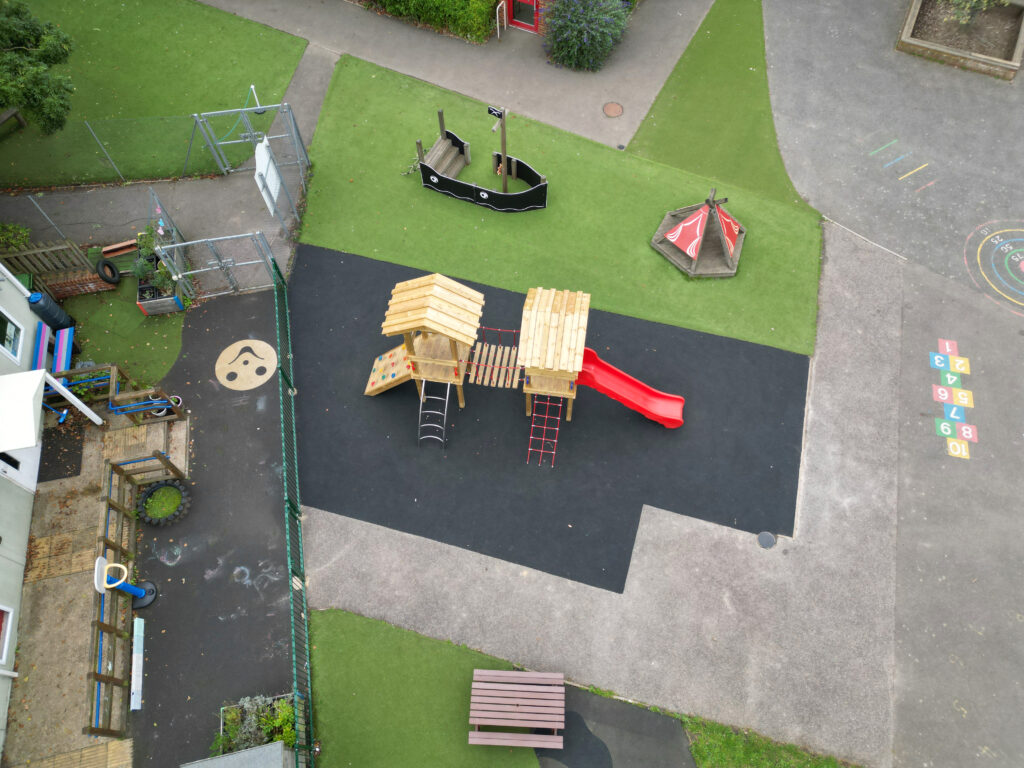

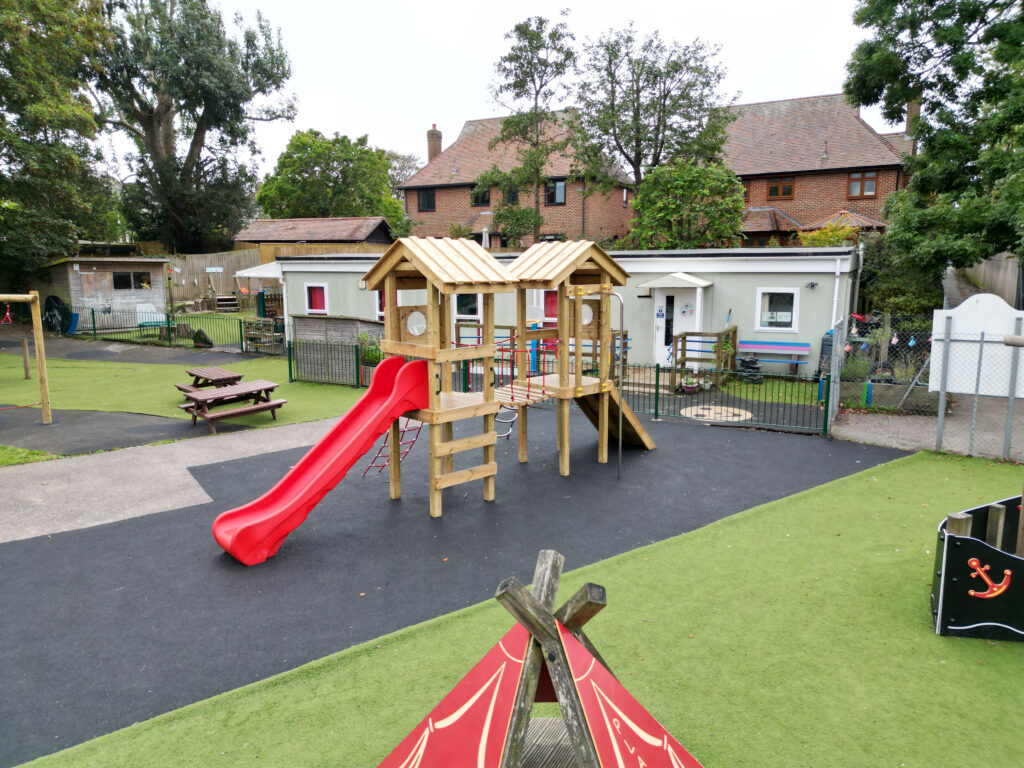
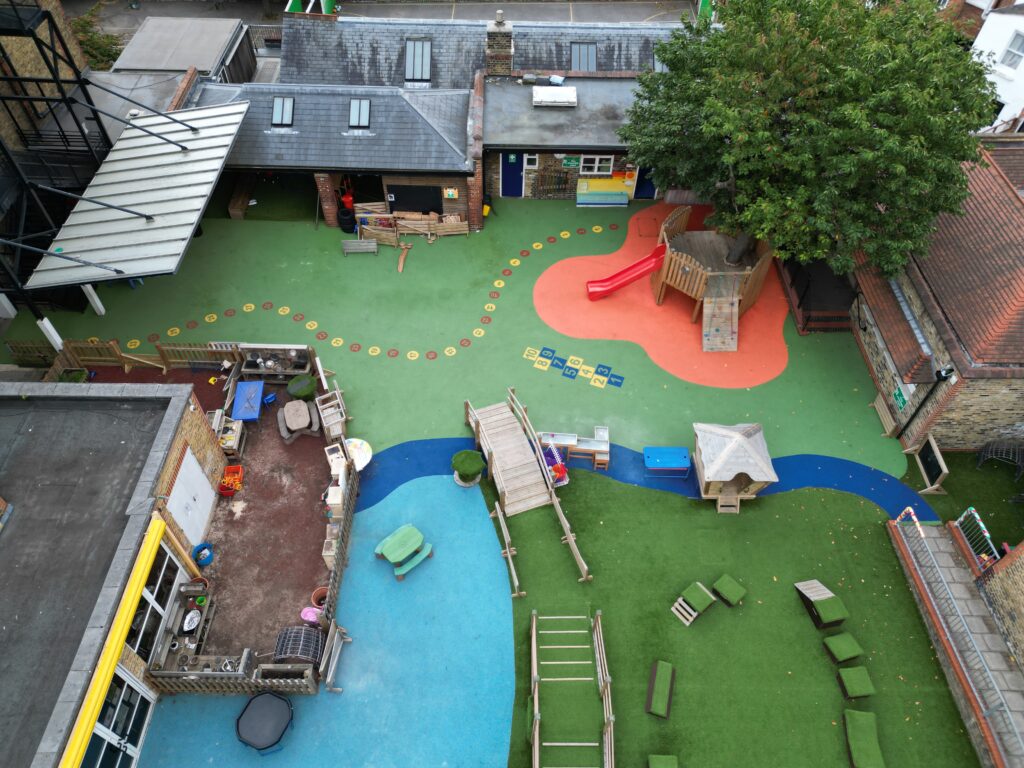






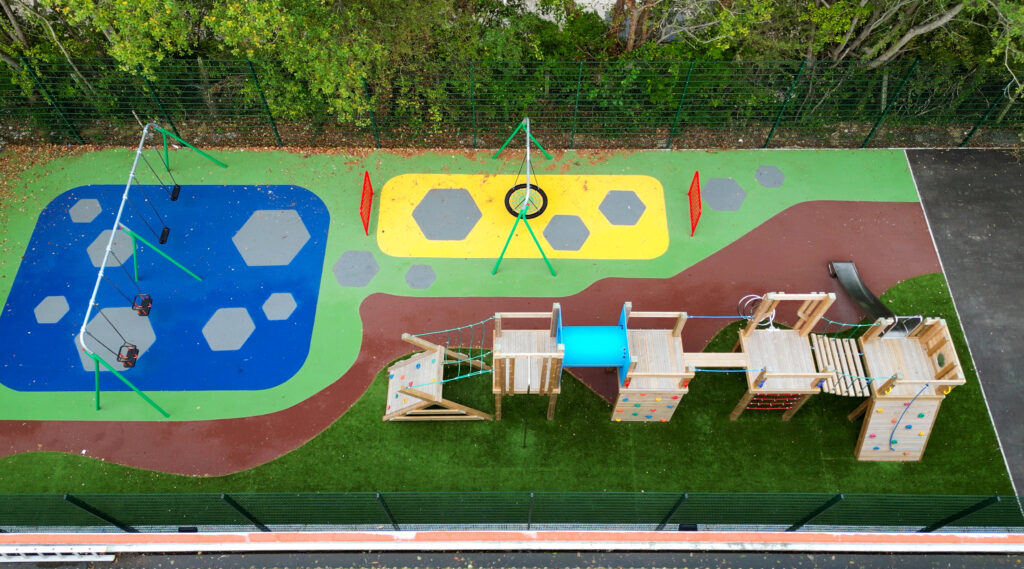










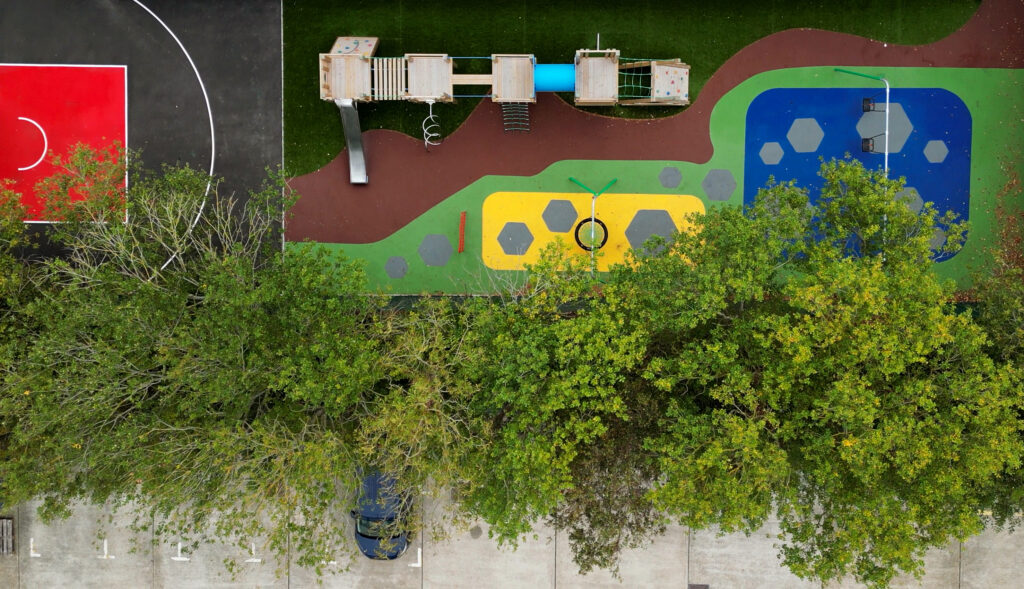









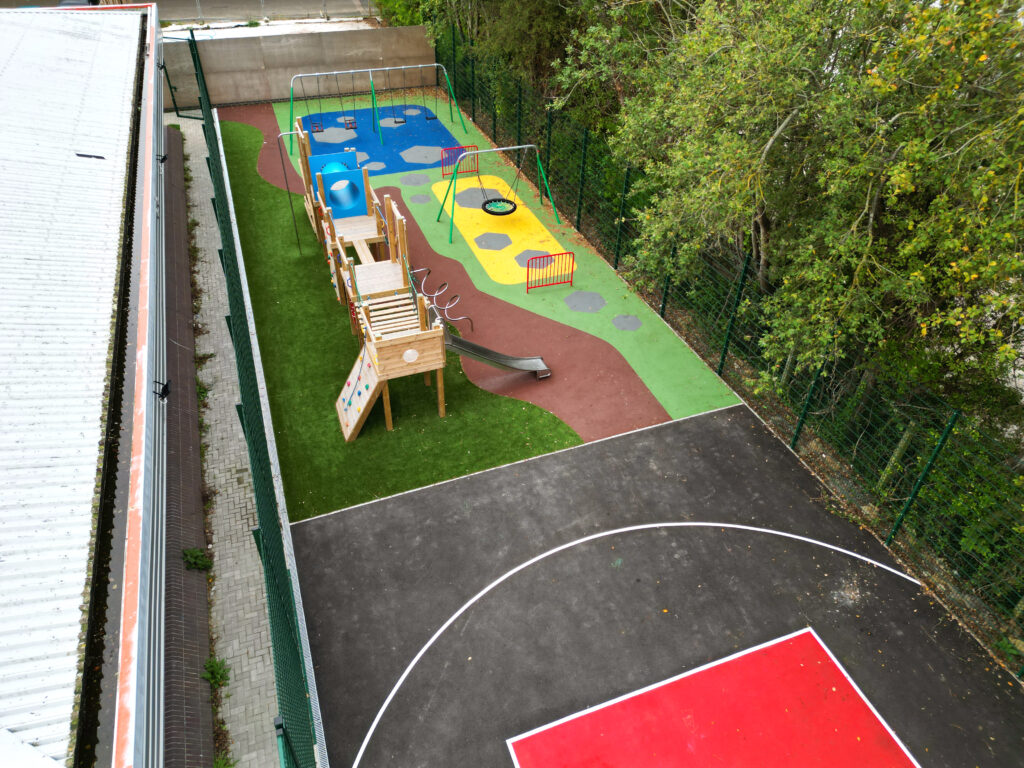



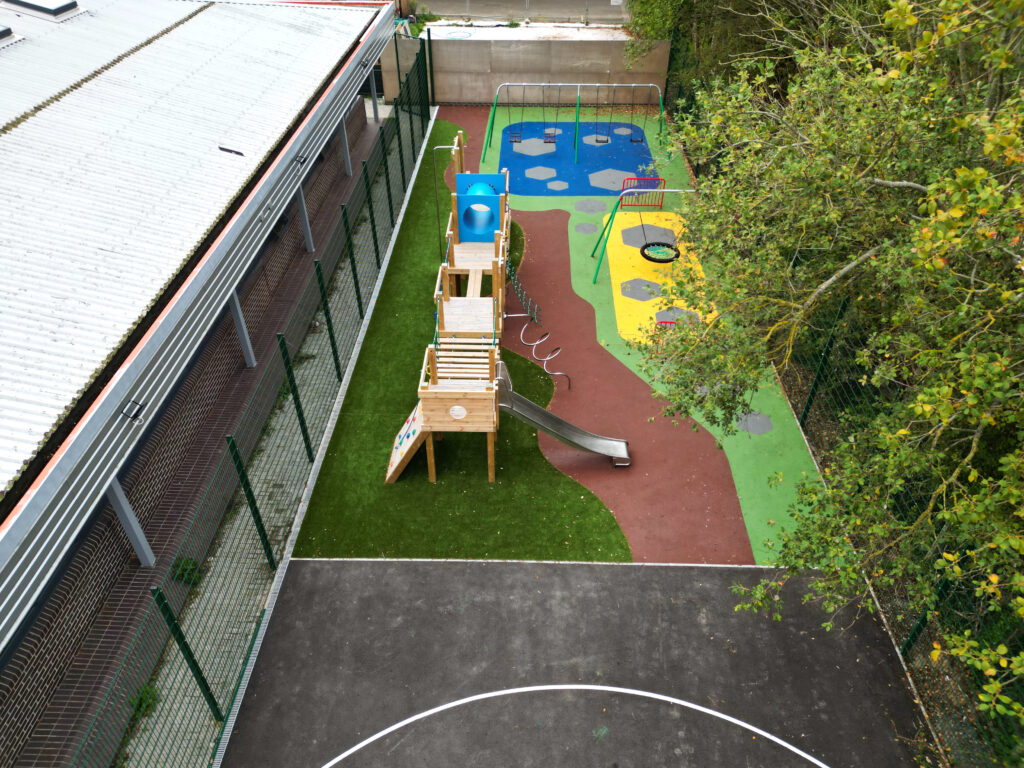







We Aim To Reply To All Enquiries With-in 24-Hours